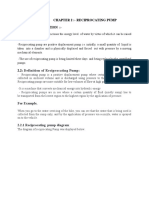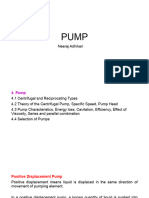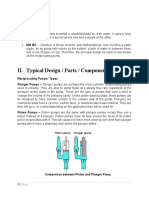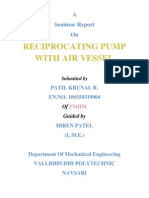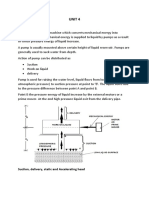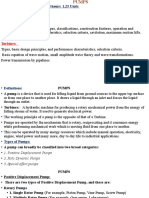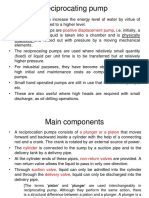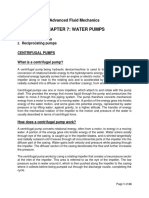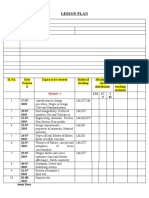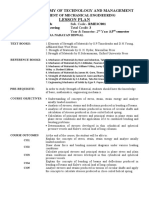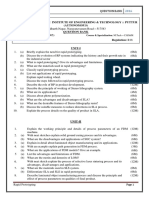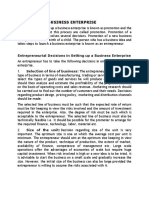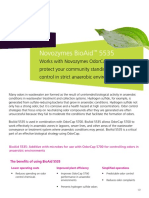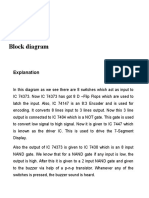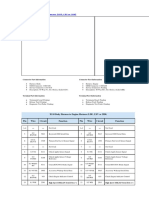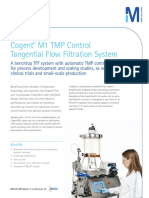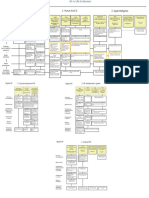0% found this document useful (0 votes)
82 views3 pagesAdvantages of Reciprocating Pump
A reciprocating pump operates by using a crank to move a piston within a cylinder, creating suction to draw liquid in and then compressing it to discharge through a delivery pipe. It is commonly used in oil drilling, pneumatic systems, and small boiler feeding, offering advantages like self-priming and high pressure but facing issues such as inconsistent flow and high maintenance. The pump consists of key components including a piston, connecting rod, crank, and valves to ensure proper liquid movement.
Uploaded by
JITENDRA BISWALCopyright
© © All Rights Reserved
We take content rights seriously. If you suspect this is your content, claim it here.
Available Formats
Download as DOCX, PDF, TXT or read online on Scribd
0% found this document useful (0 votes)
82 views3 pagesAdvantages of Reciprocating Pump
A reciprocating pump operates by using a crank to move a piston within a cylinder, creating suction to draw liquid in and then compressing it to discharge through a delivery pipe. It is commonly used in oil drilling, pneumatic systems, and small boiler feeding, offering advantages like self-priming and high pressure but facing issues such as inconsistent flow and high maintenance. The pump consists of key components including a piston, connecting rod, crank, and valves to ensure proper liquid movement.
Uploaded by
JITENDRA BISWALCopyright
© © All Rights Reserved
We take content rights seriously. If you suspect this is your content, claim it here.
Available Formats
Download as DOCX, PDF, TXT or read online on Scribd
/ 3



